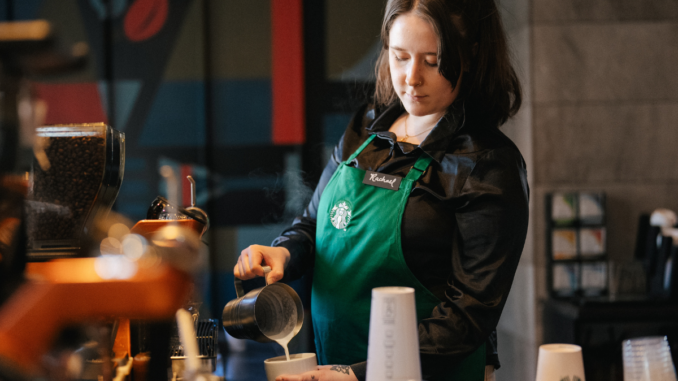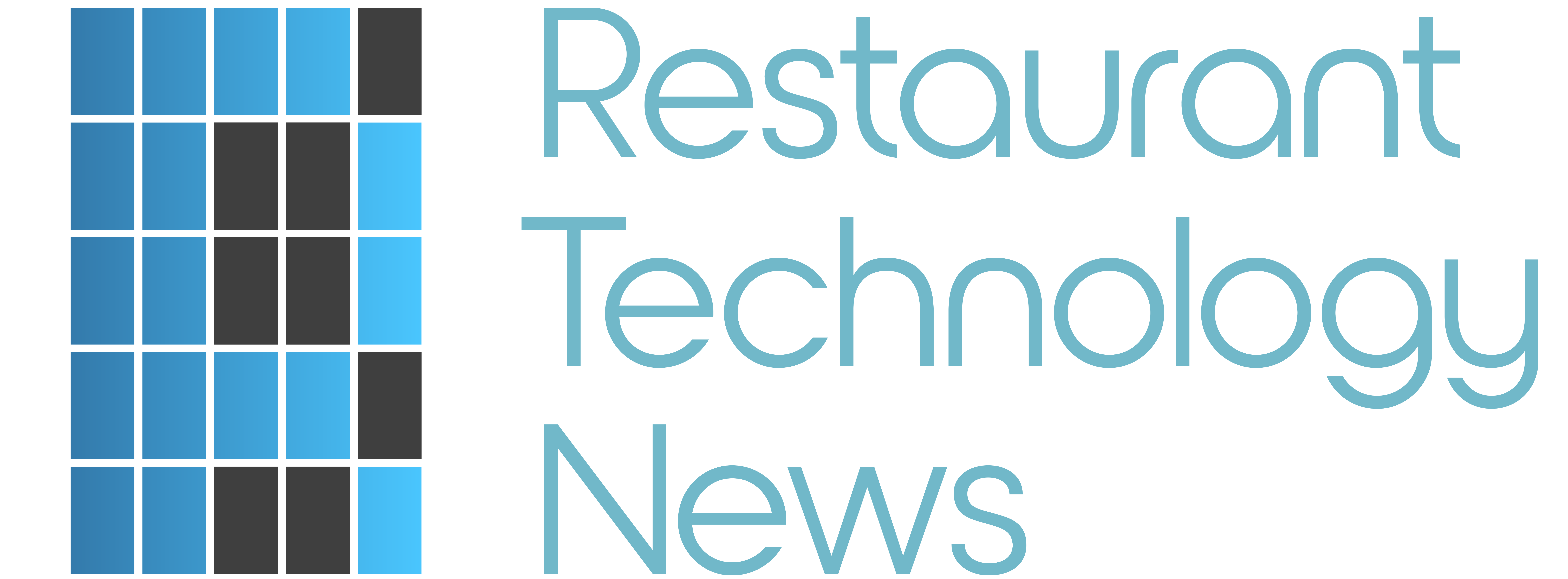
By Orit Naomi, RTN staff writer - 5.23.2025
Starbucks is taking a measured step back from automation in favor of improving workforce scheduling and operational consistency through digital tools. Under the leadership of CEO Brian Niccol, the company has paused the broader rollout of its Siren Craft system—an automation initiative launched by prior leadership—choosing instead to focus on human capital investment through enhanced scheduling systems and staffing models.
A key component of this approach is the company’s Shift Marketplace, a scheduling platform that allows baristas to post, swap, and claim shifts across stores within their district. Originally introduced in 2021, the tool was significantly updated in early 2025 to allow district-wide shift access. According to Starbucks, more than 20,000 shifts are now claimed weekly via the platform, with nearly half coming from outside baristas picking up shifts beyond their “home” stores. In the second quarter of 2025, the tool reportedly helped fill over 500,000 shifts that may have otherwise gone unstaffed.
The tool is accessible via mobile app or web browser and offers optional push notifications, giving baristas more flexibility and control over their schedules. Starbucks reports that nearly two-thirds of its U.S.-based baristas are now actively using the tool, with just under half engaging with its cross-store functionality.
This enhanced scheduling flexibility helps Starbucks address chronic understaffing issues during peak hours, a problem that has impacted customer wait times and employee morale across many retail and restaurant operations in recent years. By expanding the pool of available workers across district boundaries, the company can better allocate labor where and when it is most needed without relying on costly or inflexible technology-based solutions.
While Shift Marketplace is not powered by artificial intelligence or machine learning, it reflects a broader trend in labor optimization tools that emphasize usability and decentralization. By putting scheduling control into the hands of employees, Starbucks is aiming to reduce friction and administrative burden at the store management level.
This initiative is part of Starbucks’ broader operational strategy, known internally as the “Back to Starbucks” plan. In addition to Shift Marketplace, the company is piloting other innovations such as a sequencing algorithm that helps prioritize mobile and in-store orders more efficiently. According to Niccol, this tool “takes the stress out of the system” by relieving staff from having to manually sort and prioritize digital orders on the fly. Early pilots suggest the algorithm can reduce average wait times during peak hours by up to two minutes.
These staffing and scheduling technologies are being rolled out alongside the company’s Green Apron Service Model, which aims to standardize in-store workflows and increase staffing during peak demand periods. The model is currently in use at over 2,000 U.S. company-operated stores and is expected to reach over one-third of the domestic store base by the end of the fiscal year.
From a strategic standpoint, Starbucks’ shift away from automation and toward partner empowerment represents a noteworthy deviation from prevailing trends in the foodservice industry, where many companies are accelerating automation to cut labor costs. By comparison, Starbucks appears to be pursuing a middle-ground approach: using technology not to replace labor, but to better support and utilize it.
This approach may reflect both operational learning and brand positioning. Starbucks has long positioned itself as a “third place” experience between home and work—a positioning that relies heavily on human interaction and personalized service. While automation can improve efficiency, it can also dilute the customer experience if not implemented thoughtfully. By focusing on scheduling tools and workload balancing algorithms, Starbucks may be seeking a compromise that maintains service quality without introducing friction between customers and technology.
There are, however, risks associated with this model. Relying on partner-led scheduling platforms may increase variability in staffing and performance across stores. Moreover, without AI or advanced analytics, the platform may lack the sophistication to fully optimize labor in highly dynamic settings. Future enhancements could include predictive scheduling based on historical demand patterns or integration with performance metrics to better align labor with business outcomes.
In the near term, Starbucks appears committed to a stage-gate approach to technology deployment, testing new tools in select markets before scaling them company-wide. This conservative roll-out strategy allows the company to evaluate effectiveness while minimizing disruption. It also reflects a broader trend in enterprise retail tech adoption, where agility and adaptability often outweigh the appeal of rapid, large-scale transformation.
Although Starbucks experienced a 1% same-store sales decline in the first quarter of 2025, the company remains optimistic that its human-centered operational model will drive sustainable performance improvements over time. Whether this strategy can scale effectively across the full spectrum of store formats and regional labor markets remains to be seen—but it marks a distinctive, and closely watched, approach in an industry facing mounting pressure to do more with less.

